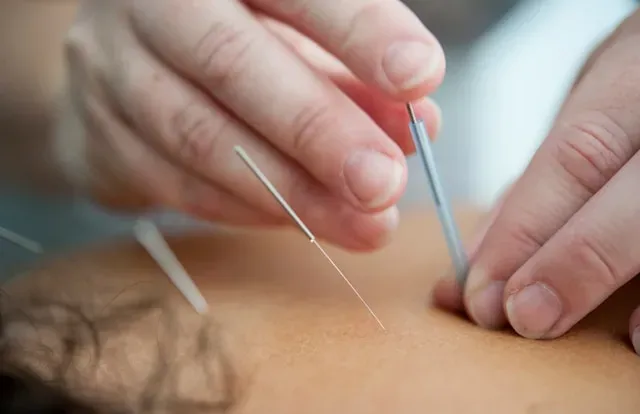
Types of Acupuncture
Discover the Types of Acupuncture for effective pain management. Learn how acupuncture treatments can alleviate pain and improve overall well-being.
Get carepatron free
Commonly asked questions
Acupuncture benefits individuals seeking relief from various health issues, including pain, stress, digestive disorders, and emotional imbalances.
Consider acupuncture when seeking help from qualified and certified practitioners, especially if conventional treatments have been ineffective or for those pursuing a holistic approach to wellness.
It is essential as it offers a natural and effective method for promoting overall well-being, addressing underlying imbalances, and supporting the body's innate healing processes.







